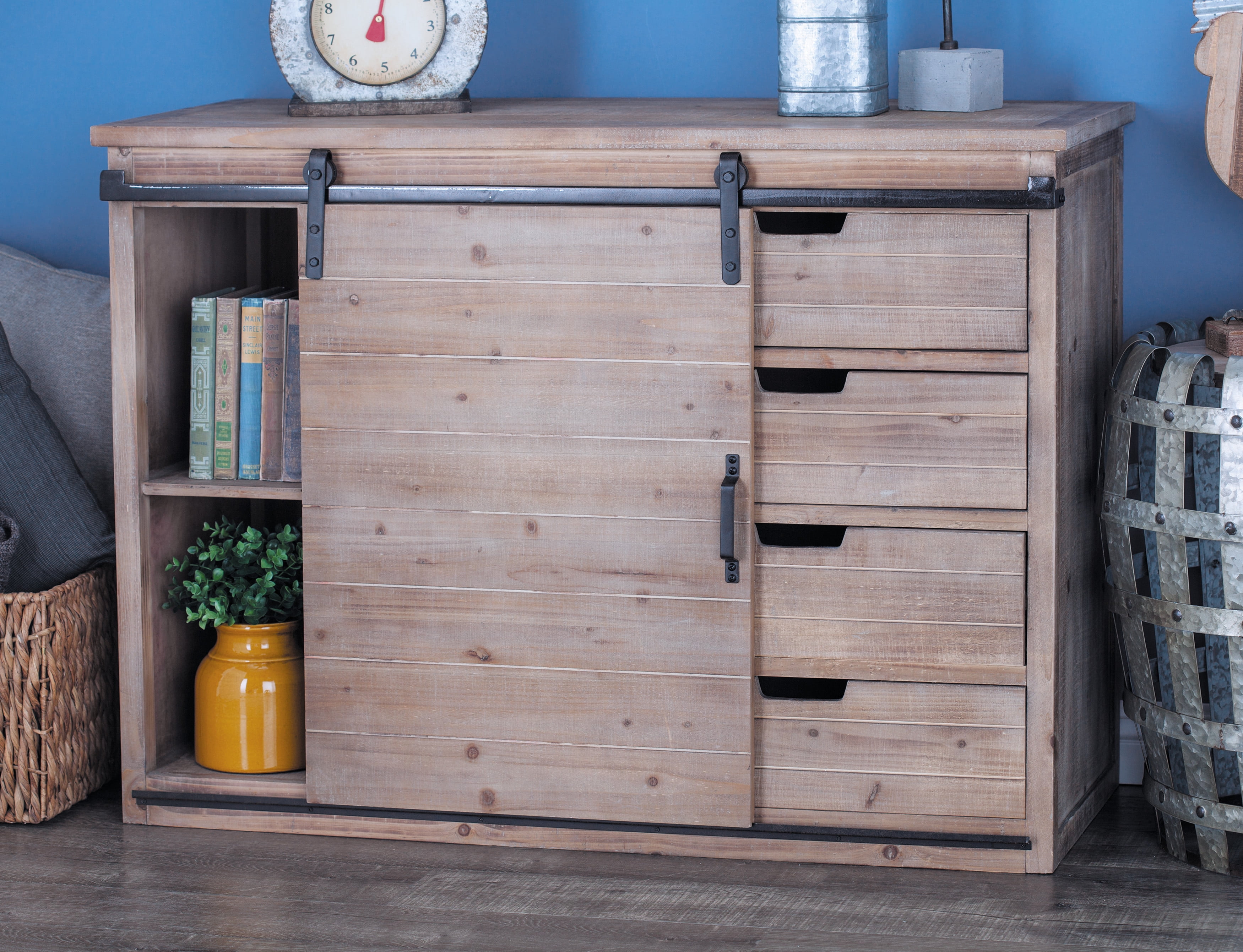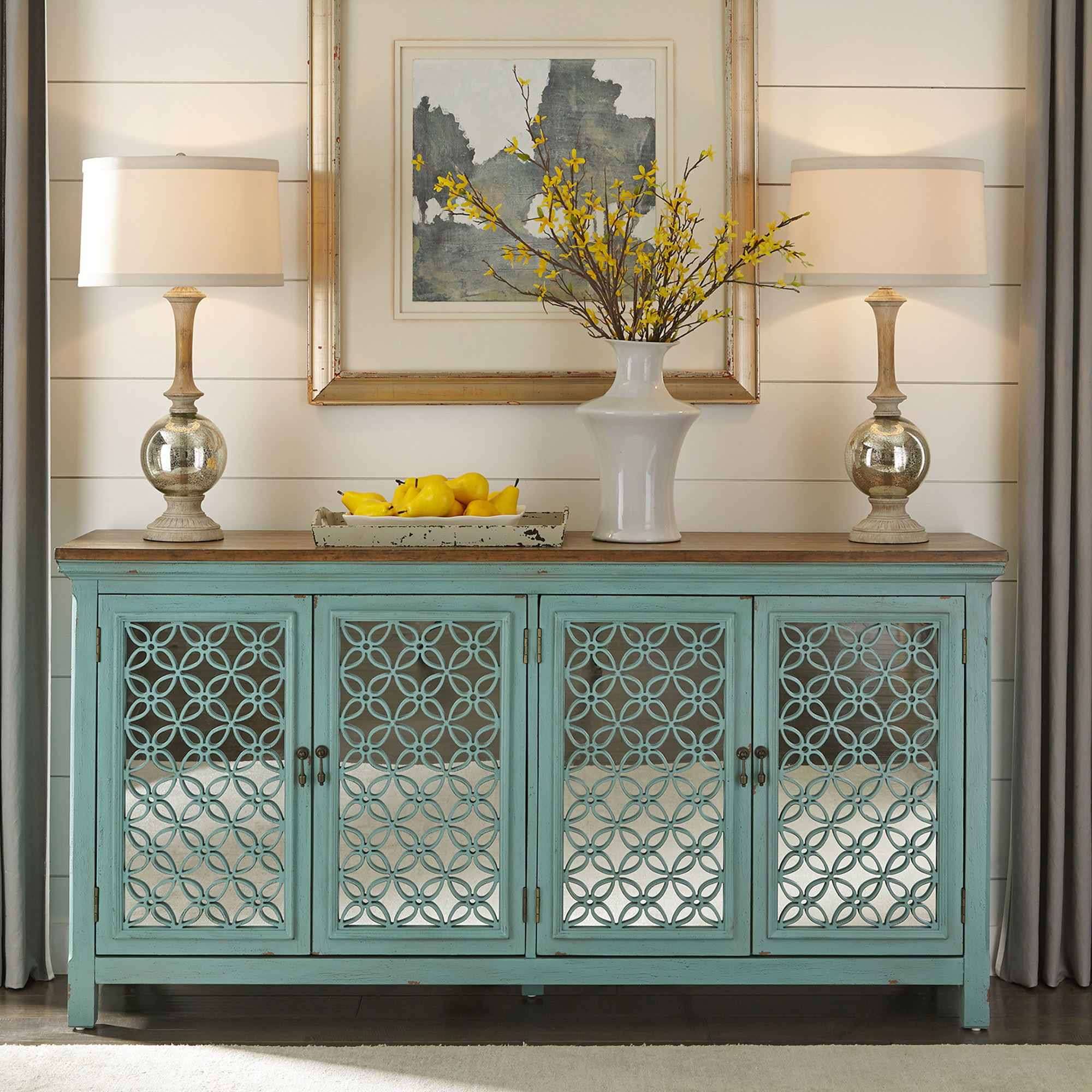Design Considerations for Accent Cabinets with Sliding Doors

Accent cabinets with sliding doors offer a blend of functionality and aesthetic appeal, making them a versatile addition to various interior design schemes. Their sleek profile and space-saving design contribute to a modern and uncluttered look, while the variety of materials and finishes available allows for seamless integration into diverse styles. This section delves into the design considerations crucial for maximizing the impact and utility of these cabinets.
Aesthetic Appeal of Accent Cabinets with Sliding Doors
The aesthetic appeal of accent cabinets with sliding doors is significantly influenced by material choices, color palettes, and overall design style. These cabinets can seamlessly complement a wide range of interior design aesthetics, from minimalist modern to rustic farmhouse.
| Style | Material | Color Options | Example |
|---|---|---|---|
| Modern Minimalist | High-gloss lacquered MDF | White, black, grey | A sleek, low-profile cabinet with recessed handles, ideal for a contemporary living room. |
| Mid-Century Modern | Solid wood (walnut, teak) | Warm browns, natural wood tones | A cabinet with clean lines and tapered legs, featuring a subtle wood grain, suitable for a retro-inspired study. |
| Rustic Farmhouse | Reclaimed wood | Natural wood tones, muted greens, greys | A cabinet with visible wood grain and metal hardware, adding a touch of vintage charm to a kitchen or dining area. |
| Transitional | Combination of wood and glass | Neutral tones with pops of color (e.g., navy, emerald) | A cabinet with wood frame and glass sliding doors, showcasing decorative items while maintaining a balanced aesthetic. |
Functional Advantages of Sliding Doors
Sliding doors offer several key advantages over traditional hinged doors in accent cabinet design. The following points highlight the functional benefits and drawbacks:
Accent cabinet with sliding doors – The choice between sliding and hinged doors hinges on the specific needs of the space and the desired aesthetic. While sliding doors offer space-saving advantages, hinged doors might be preferable for larger, heavier cabinets where the mechanism’s durability is a concern.
- Pros: Space-saving, suitable for tight spaces, allows for placement against walls, offers a cleaner, more modern aesthetic.
- Cons: Can be more complex to install, potentially less durable for heavier cabinets, may require more precise measurements and installation.
Sliding Door Mechanisms
Several types of sliding door mechanisms are available, each suited to different cabinet sizes and weights. The choice of mechanism directly impacts the cabinet’s functionality and longevity.
Selecting the appropriate mechanism ensures smooth operation and prevents premature wear and tear. Consider the weight of the cabinet doors and the frequency of use when making this crucial design decision.
- Roller systems: Common and relatively inexpensive, suitable for lightweight to medium-weight cabinets. Different roller types (e.g., ball bearing, nylon) offer varying levels of smoothness and durability.
- Track systems: Offer more stability and are better suited for heavier cabinets. Top-mounted tracks are easier to install, while bottom-mounted tracks provide better stability.
- Pocket door systems: The doors slide completely into the cabinet’s side, ideal for maximizing space. However, they are more complex to install and require more cabinet depth.
Accent Cabinet Design Concepts
Three distinct accent cabinet concepts, each showcasing a different size, material, and style, are presented below:
These concepts illustrate the versatility of accent cabinets with sliding doors, adaptable to various interior styles and functional needs.
- Concept 1: Modern Media Cabinet: A low-profile cabinet (48″W x 16″D x 18″H) constructed from high-gloss white lacquered MDF with brushed nickel sliding doors. The doors feature a minimalist design with recessed handles. This cabinet is ideal for a living room, providing ample storage for electronics and media components.
- Concept 2: Rustic Farmhouse Pantry: A taller cabinet (36″W x 18″D x 72″H) crafted from reclaimed wood with a natural, distressed finish. The sliding doors are made of frosted glass, allowing light to filter through while concealing stored items. This cabinet is perfect for a kitchen or dining area, providing ample storage for pantry items.
- Concept 3: Mid-Century Modern Bar Cabinet: A sleek cabinet (30″W x 14″D x 36″H) constructed from solid walnut wood with a warm, rich finish. The sliding doors feature a simple, clean design with integrated handles. This cabinet is ideal for a home bar, offering stylish storage for liquor and barware.
Manufacturing and Materials for Accent Cabinets with Sliding Doors

Accent cabinets with sliding doors offer a blend of functionality and style, making them a popular choice for various interior design schemes. The choice of materials and manufacturing processes significantly impacts the final product’s durability, aesthetics, and cost. Understanding these factors is crucial for both manufacturers and consumers seeking to create or acquire high-quality accent cabinets.
Material Comparison for Accent Cabinet Construction
The selection of materials for an accent cabinet directly influences its lifespan, visual appeal, and overall cost. Different materials offer unique advantages and disadvantages. The following table summarizes a comparison of commonly used materials:
| Material | Durability | Cost | Aesthetic Appeal |
|---|---|---|---|
| Solid Wood (e.g., Oak, Maple, Cherry) | High; resistant to damage with proper care | High | Classic, versatile; can be stained or painted |
| Medium-Density Fiberboard (MDF) | Moderate; susceptible to moisture damage | Low to Moderate | Smooth surface, suitable for various finishes |
| Particleboard | Low; prone to chipping and damage | Low | Can be finished to mimic wood; less durable than MDF |
| Metal (e.g., Steel, Aluminum) | High; resistant to scratches and dents | Moderate to High | Modern, industrial; can be powder-coated for various colors |
| Glass | Moderate; susceptible to breakage | Moderate | Elegant, contemporary; allows for showcasing items inside |
Accent Cabinet Manufacturing Processes
Creating an accent cabinet with sliding doors involves a multi-stage process. It begins with design conceptualization, encompassing dimensions, material selection, and aesthetic features. This is followed by precise cutting and shaping of the chosen materials using tools like CNC routers or manual woodworking equipment. The sliding door mechanism is then incorporated, requiring precise measurements and adjustments for smooth operation. Finally, finishing processes such as sanding, painting, or staining are applied, followed by assembly and quality control checks. For mass production, automated machinery is often utilized to increase efficiency.
Steps for Building a Simple Accent Cabinet with Sliding Doors
Building a basic accent cabinet requires careful planning and execution. The following steps provide a general guideline:
- Design and Planning: Determine the cabinet’s dimensions, material selection, and desired aesthetic.
- Material Acquisition: Purchase necessary materials based on the design, including wood panels, sliding door hardware, hinges, and finishing materials.
- Cutting and Shaping: Cut the wood panels to the required dimensions using appropriate tools like a circular saw or table saw.
- Assembly of Cabinet Frame: Assemble the cabinet frame using wood glue and screws, ensuring squareness and stability.
- Installation of Sliding Door Mechanism: Install the sliding door tracks and hardware according to the manufacturer’s instructions.
- Door Installation: Attach the sliding doors to the tracks, ensuring smooth operation.
- Finishing: Sand the cabinet surfaces, apply primer and paint or stain, and apply a protective sealant.
- Hardware Installation: Install knobs, handles, or other desired hardware.
Innovative Materials and Construction Techniques in High-End Accent Cabinet Design
High-end accent cabinets often incorporate unique materials and techniques to enhance their aesthetic appeal and functionality. Examples include the use of exotic hardwoods like Macassar ebony or reclaimed wood for a unique character. Some designs incorporate intricate marquetry or inlaid designs, showcasing advanced woodworking skills. The use of advanced materials like carbon fiber or high-tech laminates offers exceptional durability and lightweight construction. Furthermore, innovative joinery techniques, such as dovetail joints or mortise and tenon joints, contribute to the cabinet’s strength and longevity. Integrated lighting systems and sophisticated hardware mechanisms further enhance the high-end appeal.
Placement and Integration of Accent Cabinets with Sliding Doors: Accent Cabinet With Sliding Doors

Strategic placement of an accent cabinet with sliding doors significantly impacts both the functionality and aesthetic appeal of a room. Careful consideration of the cabinet’s size, style, and the surrounding décor is crucial for seamless integration. Optimizing the cabinet’s position enhances storage, improves room flow, and creates a visually pleasing focal point.
Five Strategic Locations for Accent Cabinets
The versatility of accent cabinets with sliding doors allows for their effective placement in various areas of a home. Consider these five locations for maximizing their impact:
- Living Room: A cabinet placed against a less prominent wall can provide additional storage for media equipment, books, or games. A sleek, modern cabinet complements contemporary living spaces, while a more ornate piece enhances a traditional setting. Imagine a mid-century modern cabinet with warm wood tones and brushed brass hardware, nestled beside a comfortable seating area, housing board games and a record player.
- Dining Room: A buffet-style cabinet in the dining room offers convenient storage for serving dishes, linens, and extra tableware. Its sliding doors allow for easy access during meal preparation and serving. Picture a white-painted cabinet with subtly textured doors, perfectly situated against a wall adjacent to the dining table, its interior neatly organized with matching china and silverware.
- Entryway: A slim, tall cabinet in the entryway provides a practical space for storing keys, mail, and other everyday items. This creates an organized and welcoming atmosphere. Visualize a dark stained wood cabinet with a built-in mirror on one of its sliding doors, creating a functional and stylish statement piece in a hallway.
- Bedroom: A cabinet in the bedroom can be used for storing clothing, accessories, or bedding. Its sliding doors maintain a clean and uncluttered look. Envision a light grey cabinet with frosted glass sliding doors, positioned at the foot of the bed, discreetly storing extra blankets and pillows.
- Home Office: An accent cabinet in a home office offers valuable storage for files, stationery, and other work-related items. Its sleek design can complement the overall aesthetic of the workspace. Consider a black lacquered cabinet with sleek, minimalist handles, tucked neatly into a corner of the home office, housing files and office supplies.
Lighting Techniques to Highlight Cabinet Contents
Effective lighting enhances the visual appeal of the cabinet’s contents and creates a dramatic focal point.
- Interior LED Strip Lighting: Subtly illuminating the interior with LED strip lights highlights the contents without overpowering the room. This technique is particularly effective for showcasing collections or decorative items.
- Accent Lighting: Using spotlights or track lighting directed at the cabinet draws attention to its design and contents. This creates a dramatic effect, especially in dimly lit spaces.
- Under-Cabinet Lighting: Installing lights beneath the cabinet creates a soft glow that highlights the base and adds depth to the overall design. This works well with cabinets featuring raised detailing or interesting base designs.
Styling and Decorating Accent Cabinets
The style and decoration of the accent cabinet should complement the overall interior design theme of the room.
- Minimalist Style: A sleek, minimalist cabinet with neutral colors and simple lines is perfect for a modern or contemporary setting. The interior can be styled with carefully curated items, keeping the overall look clean and uncluttered. Imagine a white cabinet with simple lines, containing only a few carefully chosen decorative objects – a small succulent, a stylish ceramic vase, and a stack of art books.
- Bohemian Style: A cabinet with a more eclectic design, incorporating natural materials like rattan or wood, suits a bohemian aesthetic. The interior can be styled with colorful textiles, ethnic crafts, and plants. Picture a rustic wooden cabinet with woven baskets and colorful throws displayed inside, reflecting the relaxed and vibrant feel of bohemian style.
- Traditional Style: A dark wood cabinet with ornate detailing complements a traditional or classic interior. The interior can be styled with antique items, family heirlooms, and elegant accessories. Visualize a rich mahogany cabinet with intricate carvings, displaying vintage china, antique books, and family photographs.
